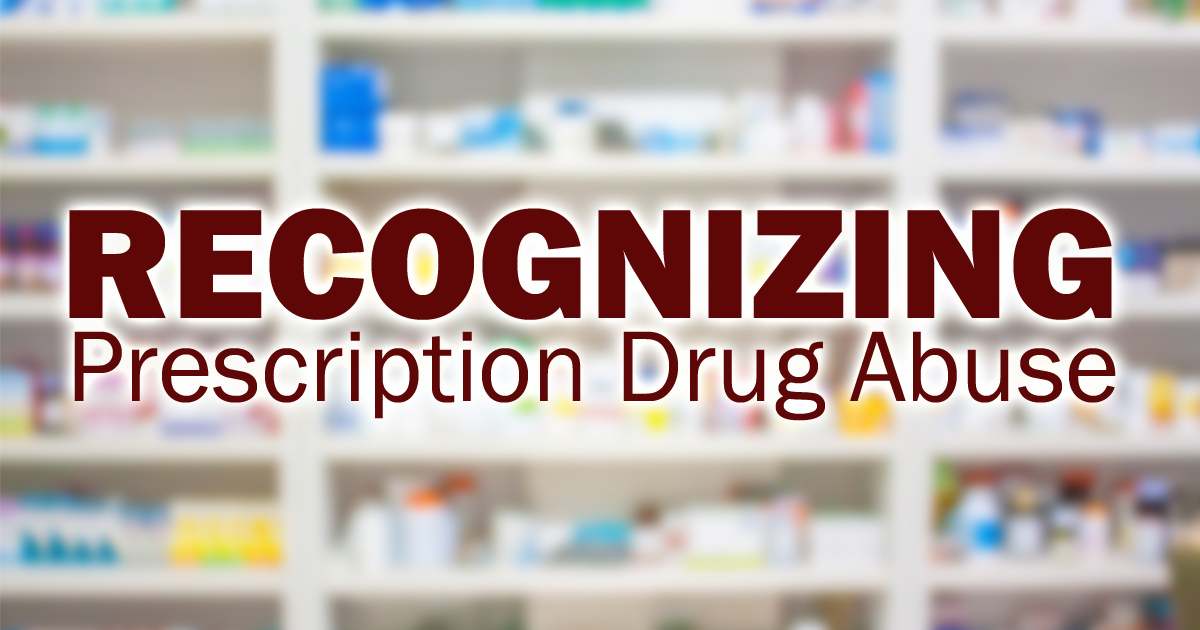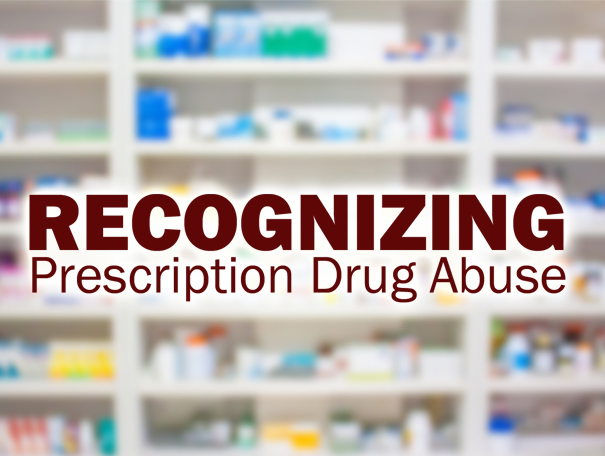
Most Commonly Abused Prescription Drugs
The most abused prescription medications in the United States fall into three separate categories: pain relievers, sedatives, and stimulants. The most commonly abused pain relievers include Fentanyl, hydrocodone, and oxycodone. Sedatives that are most often abused include central nervous system depressants such as Valium, Xanax, and Klonopin. ADHD medicines such as Adderall and Ritalin are some of the most commonly abused stimulants.
Depending on the type of drug and the dosage, each of these prescription medications has the potential to turn into an addictive substance. People who are prone to addictive behaviors may slip into abusive patterns without realizing the physical and mental harm involved. Most of these medications are only prescribed for short periods of time or on a limited, as-needed basis. Taking more than a certain amount per day over as few as 1–3 months can constitute an addiction. Once addicted, many prescription drug abusers require medical assistance to detox and recover.
Where Do People Obtain Prescription Drugs?
Prescription drug abusers may use several channels to obtain the quantity of medication needed to maintain an addiction habit. While some rely on personal prescriptions from one physician, most abusers access prescription drugs from a variety of other sources:
- Stranger or drug dealer
- Online
- Family member or friend
- Prescriptions from multiple physicians
Considering the high number of prescriptions written every year, sources of legitimate medications vary from user to user. When drug abusers receive prescriptions from multiple sources, they may struggle to give up the habit.
Signs And Symptoms Of Prescription Drug Abuse
After addiction takes hold, most addicts attempt to hide the habit from friends and loved ones. Many addicts are ashamed, feel guilty, or want to stop using, but they don’t know how. Intervention is difficult, but it often serves as a saving grace for those who struggle to battle an addiction. Look for the following symptoms and warning signs of prescription drug abuse:
- “Losing” prescriptions on a regular basis and asking for refills
- Taking medications in an unintended manner (e.g., crushing the pills first)
- Going to the doctor regularly with the same symptoms to receive a new prescription
- Consuming other addictive substances, such as alcohol, more often than usual
- Unexplained irritability
- Unusual mood swings
- Unusual sleepiness or excitement
- Poor memory
- Unusual pupil dilation
- Unexplained memory loss or poor coordination
Other warning signs associated with prescription drug abuse may include:
- Finding an empty but recently filled prescription bottle in the trash
- Finding unmarked bottles with prescription pills lying around
- Observing someone behaving secretively or requiring more privacy than usual
Since prescription drugs act on the body in different ways, the number of signs and symptoms vary accordingly. Individual tolerances and body chemistry also affect how drug addiction manifests in individuals. However, any unexplained or unusual behavior may indicate a possible addiction. Openly discuss prescription drug use with the person suspected of drug abuse, and take note of any avoidance behaviors, irritability, and possible lies.
Who Can Identify Warning Signs Of Prescription Drug Abuse
Family members and loved ones often play an integral role in identifying and addressing prescription drug abuse. They usually have the drive and the willingness to ask someone about prescription drug use and talk to physicians and potential treatment centers about an intervention. Pharmacists and physicians may also play a role in identifying drug abuse, if they have the opportunity. However, these professionals can’t always recognize drug abuse symptoms in the limited amount of time they have with patients. Individuals may also recognize a problem within themselves.
Treatment plays a crucial role in prescription drug abuse recovery. With the right support, individuals can combat the effects of withdrawal and find a permanent solution for prescription drug addiction.


